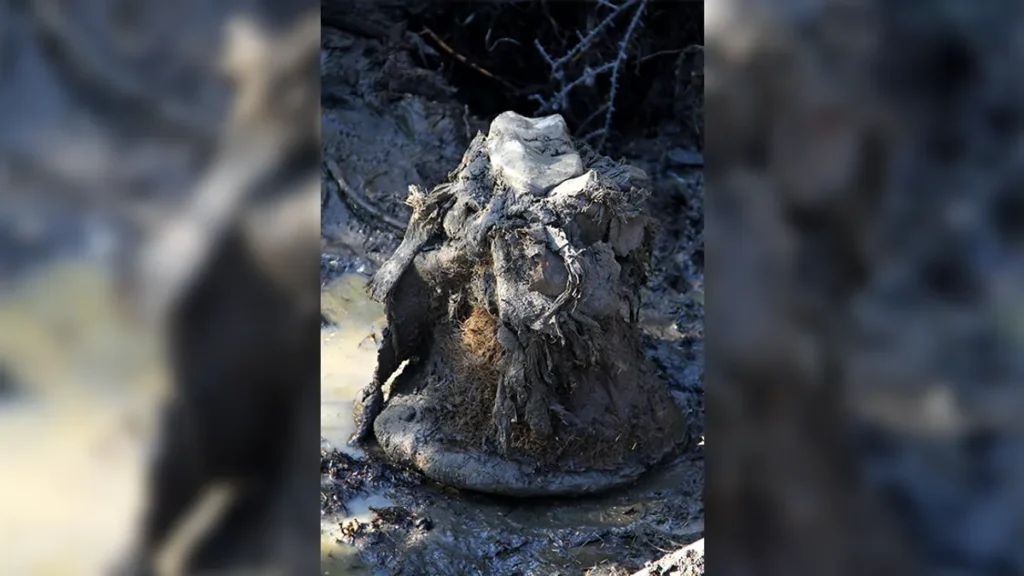Freeze-dried skin samples of a woolly mammoth found in Siberia have enabled scientists to create a 3D reconstruction of 52,000-year-old chromosomes. The achievement is a world-first for ancient DNA, and reveals which genes were active in the skin cells when the mammoth was alive.
Shortly after the woolly mammoth died it spontaneously freeze-dried thanks to the weather, preserving its nuclear architecture in a dehydrated state that made it possible to survive for millennia. Fast forward to 2018, and the mammoth’s remains were discovered by humans in northeastern Siberia.
To Learn More Click Here



